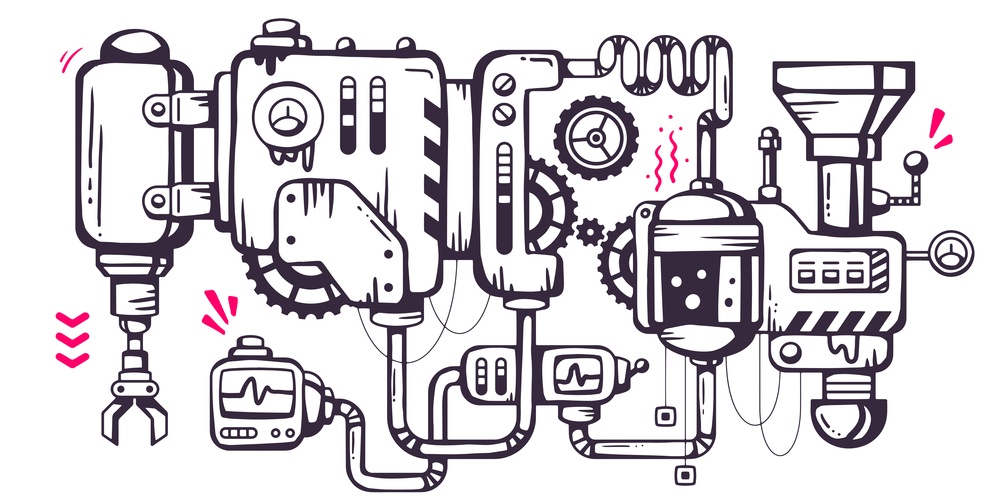
A puddle found underneath your car means you have a leak. The first step in fixing a leak in your car is identifying exactly which fluid is escaping. Once you know the kind of leak you are dealing with, you can take steps to correct the problem.
Oil
Oil leaking from your car can reduce the amount of the lubricant present in the engine which will accelerate wear and tear. Old oil is a dark brown or black, new car oil is a much lighter yellowish brown. If you see oil drips underneath your car after it has been parked, immediately take the car to a mechanic.
Antifreeze/Coolant
Antifreeze or coolant fluid helps to maintain a safe temperature in your engine. Coolant is one of the most commonly leaked fluids and is very easy to identify. If the fluid leaking from your car is green, pink, or orange and has a sticky texture, you are leaking antifreeze or coolant. While this does not need to be fixed immediately, you should have it taken care of as soon as possible to avoid overheating.
Power Steering
Power steering fluid reduces the amount of effort required to maneuver your vehicle. Leaking power steering fluid will either be translucent and slightly yellow or a very thick and black fluid. The puddle will start close to the front end of your car. A drop in power steering levels will not stop your ability to drive but you will have some trouble turning the wheel and moving the vehicle accurately.
Gasoline
Gasoline leaks are the easiest fluid leaks to identify due to the pungent smell. Gas leaking from the front end of your car is most likely coming from the fuel pump while rear gasoline leaks are often coming from a damaged gas tank. If left alone, a continuing gas leak will greatly increase the amount of fuel you need to buy and creates dangerous driving conditions.
Brake Fluid
Without brake fluid, your car’s brakes will not work correctly. A puddle of leaking brake fluid will be yellowish, oily, and somewhat thick. When brake fluid is leaking, the fluid usually collects near the brake pedal or front wheels of the car. Have your car towed to your mechanic to avoid brake system failure and have the leak fixed immediately.
A leaking car can be dangerous or inconvenient, depending on the kind of fluid escaping the engine. By knowing the color and texture of vital engine fluids, you can accurately determine the problem.
*Image courtesy of freedigitalphotos.net




